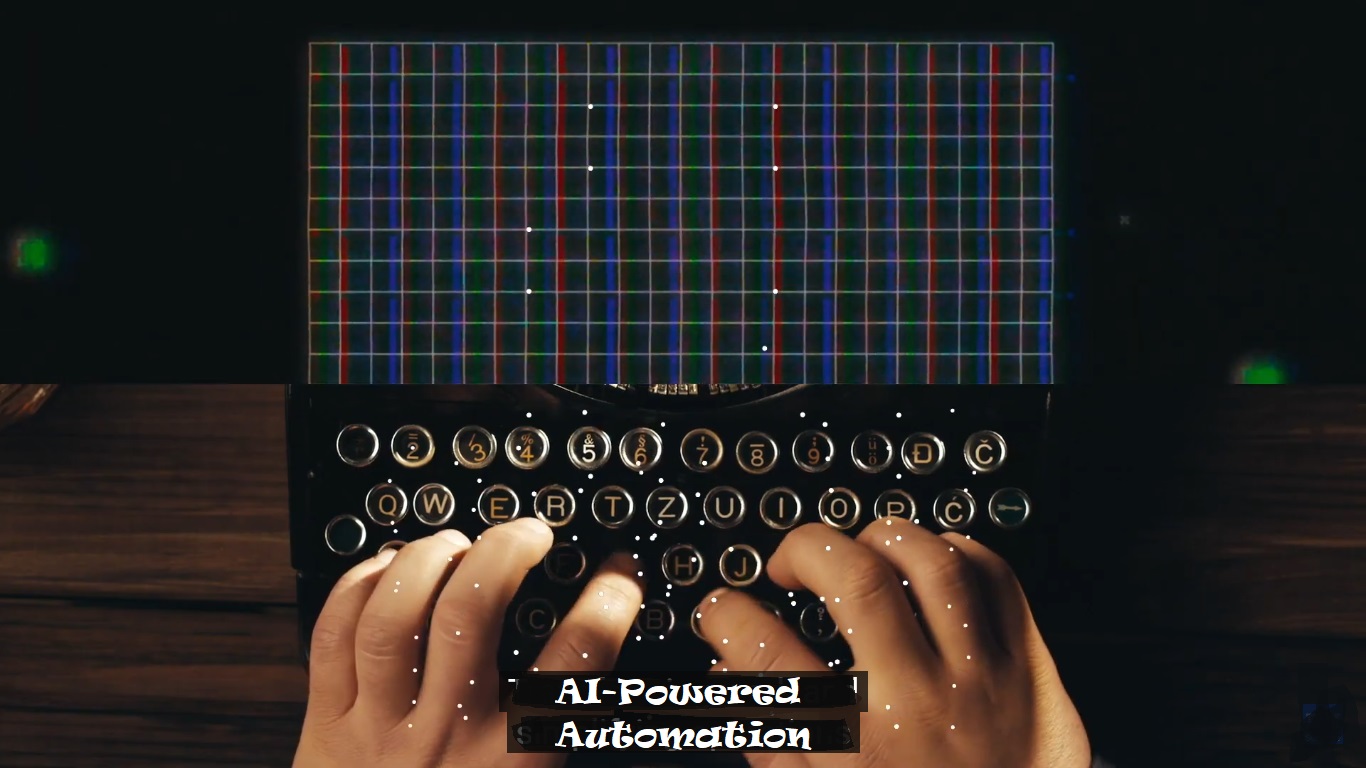Introduction
Artificial Intelligence (AI) is no longer a futuristic concept; it’s a transformative reality reshaping how businesses operate. AI-powered automation, in particular, is leading the charge, revolutionizing industries with unprecedented efficiency and innovation. Let’s dive into how AI-powered automation is changing the game and why your business should embrace it.

What is AI-Powered Automation?
AI-powered automation refers to the use of artificial intelligence technologies to perform tasks that typically require human intelligence. This includes understanding natural language, recognizing patterns, learning from data, and making decisions. By integrating AI into automation, businesses can streamline operations, reduce errors, and enhance productivity.
Benefits of AI-Powered Automation
- Increased Efficiency: AI can process vast amounts of data quickly and accurately, performing tasks in seconds that would take humans hours or even days.
- Cost Savings: Automation reduces the need for manual labor, cutting down on operational costs. Businesses can reallocate resources to more strategic areas.
- Improved Accuracy: AI minimizes human errors, ensuring high-quality outputs and consistent performance.
- Scalability: AI systems can handle increasing workloads without compromising performance, making it easy to scale operations.
- 24/7 Operations: Unlike humans, AI systems can work around the clock, ensuring continuous productivity.
Applications of AI-Powered Automation
AI-powered automation is versatile and applicable across various sectors:
- Customer Service: AI chatbots provide instant responses to customer inquiries, improving satisfaction and freeing up human agents for more complex issues.
- Finance: AI algorithms automate fraud detection, transaction processing, and investment analysis.
- Healthcare: AI-powered diagnostic tools assist doctors in identifying diseases early and developing personalized treatment plans.
- Manufacturing: Robots powered by AI optimize production lines, ensuring efficient and error-free manufacturing processes.
How to Implement AI-Powered Automation in Your Business
- Identify Pain Points: Start by identifying areas in your business that are repetitive, time-consuming, or prone to errors.
- Choose the Right Tools: Research and select AI tools that best suit your business needs. Popular options include IBM Watson, Google AI, and Microsoft Azure AI.
- Develop a Strategy: Create a roadmap for implementation, outlining the steps and timeline for integrating AI automation into your operations.
- Train Your Team: Ensure your employees are trained to work with AI tools. This might involve hiring specialists or providing training programs.
- Monitor and Optimize: Continuously monitor the performance of AI systems and make adjustments as needed to ensure optimal performance.
FAQs
Q: Is AI-powered automation expensive to implement?
A: While there can be initial costs, the long-term benefits, such as cost savings and increased efficiency, often outweigh the initial investment.
Q: Can AI-powered automation replace human jobs?
A: AI can automate repetitive tasks, allowing humans to focus on more strategic and creative roles. It often complements human work rather than replacing it entirely.
Q: How secure is AI-powered automation?
A: Security depends on the implementation. Ensure that your AI tools comply with industry standards and best practices for data security.
Conclusion
AI-powered automation is not just a trend; it’s a necessity for businesses aiming to stay competitive in today’s fast-paced market. By harnessing the power of AI, companies can achieve greater efficiency, reduce costs, and unlock new opportunities for growth. Embrace AI-powered automation and transform your business for the better.
